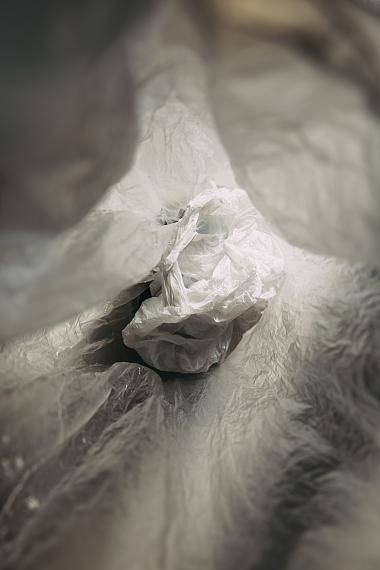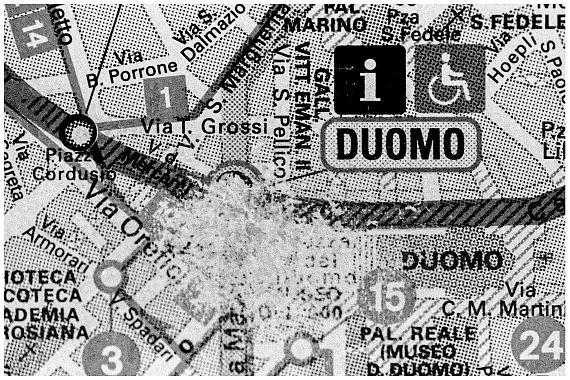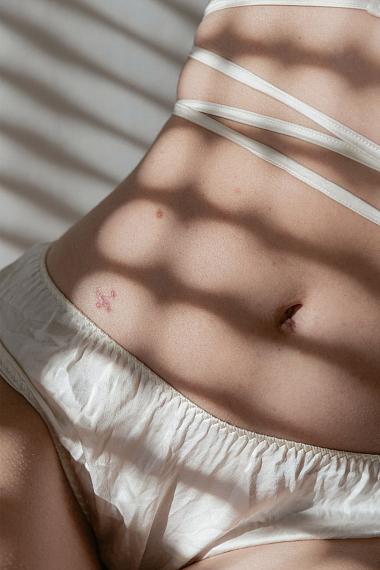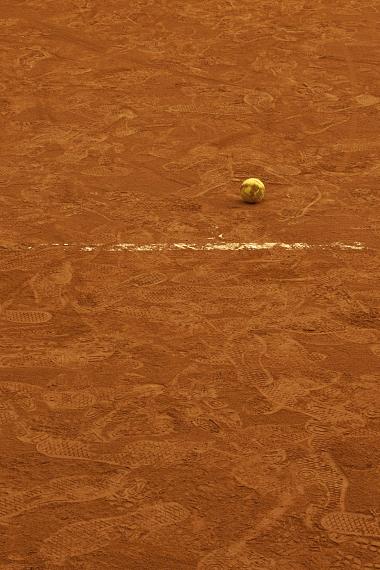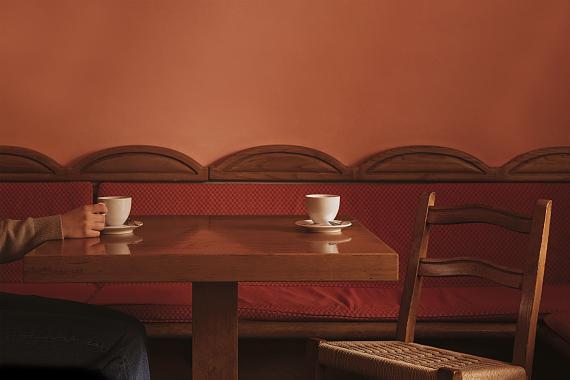
PRESENTLY ABSENT
Alessandro De Benedetti » Isolda Fabregat » Gabriela Gonzalez-Rubio » Giulia Lippens » Yulia Potatueva » Stefanos Stefanou » Elisa Turri »
Exhibition: 22 Mar – 30 Jul 2022
Tue 22 Mar 18:00

Raffles Milano
Via Felice Casati 16
20124 Milano
+39 02-2217 5050
info@rm-modaedesign.it
rm-modaedesign.it
Mon-Fri 8:30-19
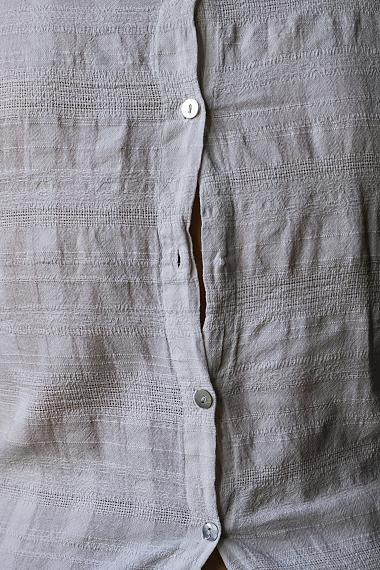
"PRESENTLY ABSENT"
Alessandro De Benedetti, Isolda Fabregat, Gabriela Gonzalez-Rubio Gutierrez, Giulia Lippens,Yulia Potatueva, Stefanos Stefanou and Elisa Turri
Exhibition: 22 March - 30 July, 2022
Opening: Tuesday, 22 March, 6pm
From its inception, viewers have been fascinated by the seemingly tangible presence of the world as it is represented in the photographic image. Although we are very well aware of the many interventions photographers execute - framing, distance, lightening, focus, speed - to say nothing of intents to deceive via fraudulent manipulations, in our everyday life we are governed by the presumption that a photograph has a more privileged connection to what it represents than any drawing or painting could ever have. The mechanical origination process and the transparency of the medium bring about a phenomenological consciousness Roland Barthes has coined as "an illogical conjunction of the here-now and there-then". It is as if we could see through the photo and reach out to a slice of time and space that by definition lies in the past.
This dualistic tension between the simultaneous presence and absence of the object in its photographic representation has been scrutinised in a month-long workshop of the photography master class of "Raffles - Istituto Moda e Design" under the supervision of Matthias Harder and Eric Aichinger. The seven students Alessandro De Benedetti, Isolda Fabregat, Gabriela Gonzalez- Rubio, Giulia Lippens, Yulia Potatueva, Stefanos Stefanou, Elisa Turri have now produced an exhibition in the lobby of the private design college. The many-faceted results range from multimedia installations to "pure" photography, from quiet tableaus to autobiographical collages which all speak of a dualism that is occasionally blurred or even cancelled.
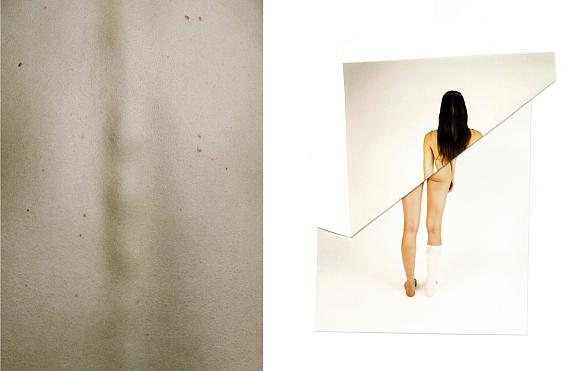
Through the manipulation of multiple images Alessandro De Benedetti shows the impact sportspeople have on their environment. His focus here is on human interventions into nature which are the cause of traces and tracks deeply etched into the earth’s surface. Using the diptych technique, his work exceeds a pure factual documentary, but rather turns into a poetical visualisation of intimate moments.
Isolda Fabregat three-part installation consists of a photograph of a shirt with a missing button, the physical shirt with the button sewed on and a text that speaks about the elevation of the vernacular object. Formally referencing art pieces of the conceptual artist Joseph Kosuth, Fabregat’s installation provokes the viewers to examine their interpretation process: What is lacking in the photograph that the actual object displays and what do we add when we ascribe meaning to an image?
Gabriela Gonzalez-Rubio’s tableau, consisting of four seemingly identical photos, depicts a quiet cafe scene where a person is sitting alone at a table. The overall mood is nostalgic due to the stilly, subdued colours. Vestiges of companionship can be found on the table, yet solitude lingers on. Or is this perhaps just a reverie where the mind reaches out to something or someone who is presently absent?
Giulia Lippens focuses on the vulnerability of the human body. We break down our body into parts and hide those we refuse to accept, it is a sphere of projecting norms and standards of an idealised body upon ourselves. She shows this by juxtaposing a close-up of a bodily detail with a portrait that she has deliberately folded so that the body parts which are disliked by the portrayed person are concealed. The folding transforms the flat image into a tangible three-dimensional object that has received a sculptural like quality.
Yulia Potatueva’s work was inspired by the climate movement "Fridays for Future" and their campaign against the daily use of polyethylene and other "household weapons". She wants to make a contribution to one of the most important current topics of the 21st century by raising awareness for the consequences of the human footprint on the Earth. Her diptych presents a minimalistic yet allegorical still-life where a plastic world devoid of hope is juxtaposed to a delicate plant that seeks its path to light.
Stefanos Stefanou presents his own version of the Milan Metro map by photographically assembling the damaged parts of the various maps that can be found at each station. The passengers, by touching the map, little by little effected the loss of information, and yet in the same act gave evidence to their past existence.
Finally, Elisa Turri centers on a personal experience, which is artistically reenacted by creating a collage that combines a photograph and a MRI of the same bodily region. She focuses on actual scars which represent the absence of something that has been removed and which are then made invisible by being restitched on the prints with cotton threads.
